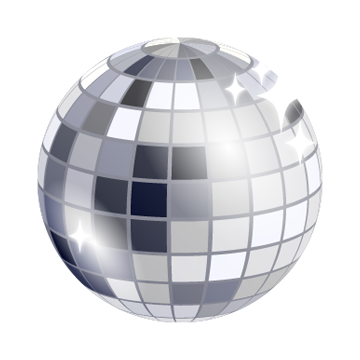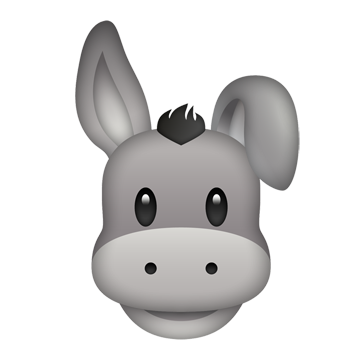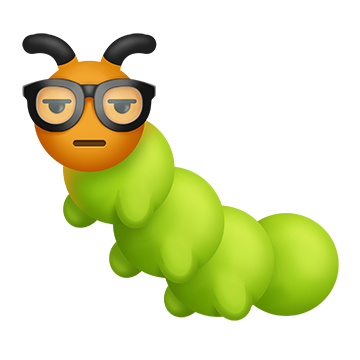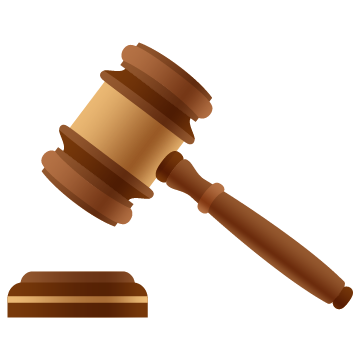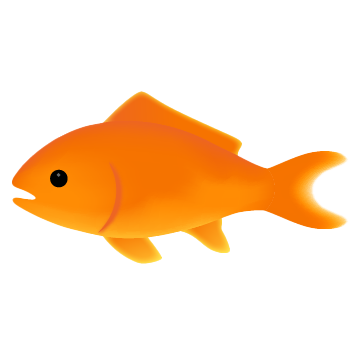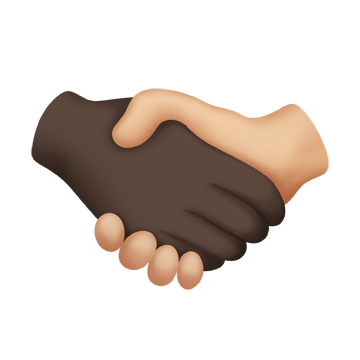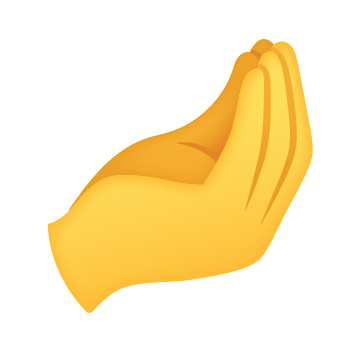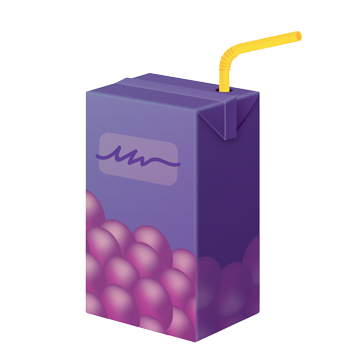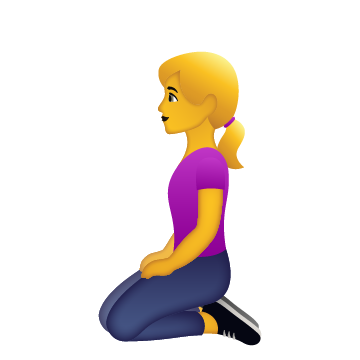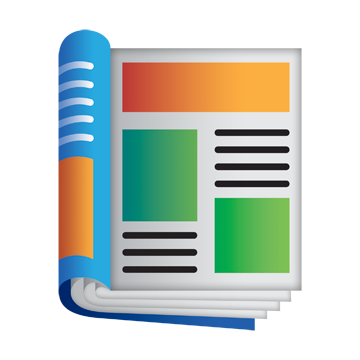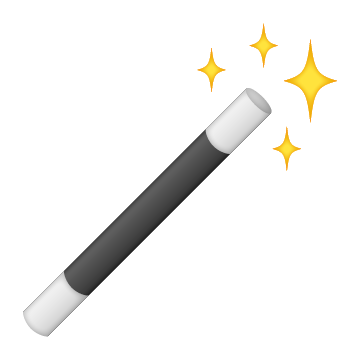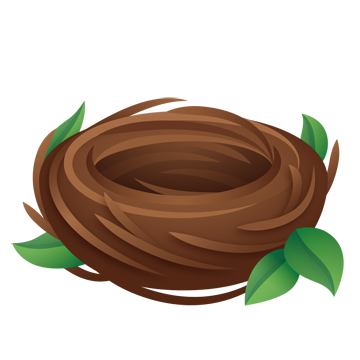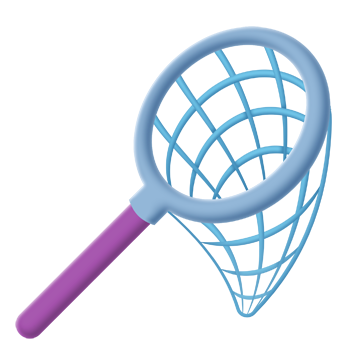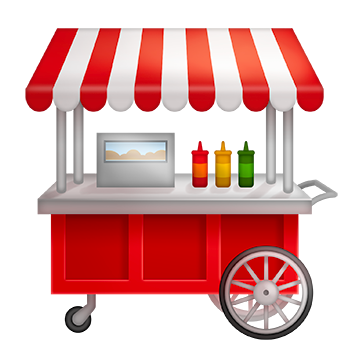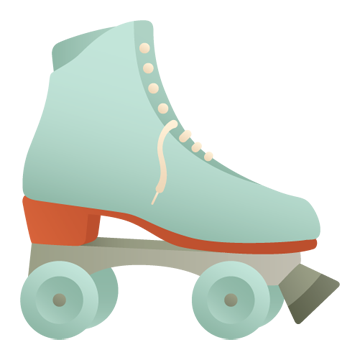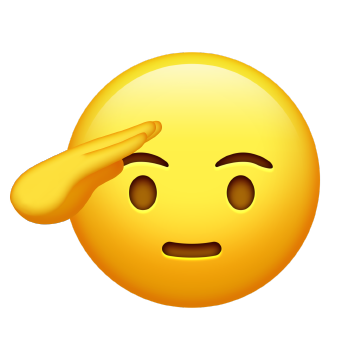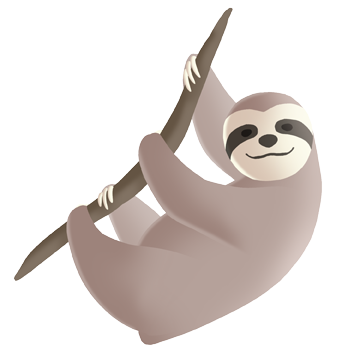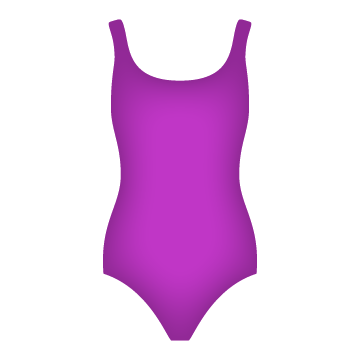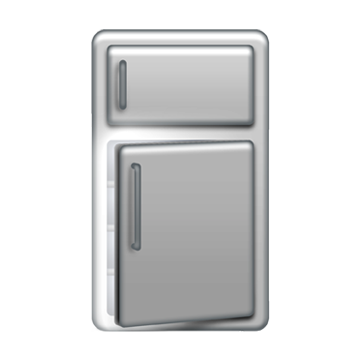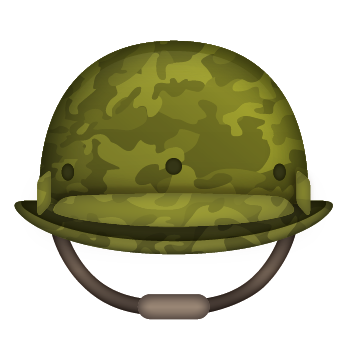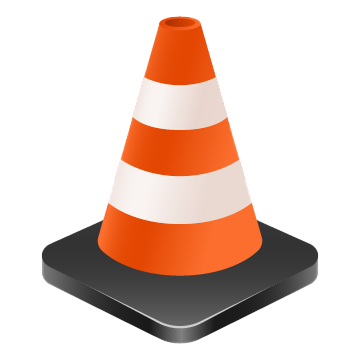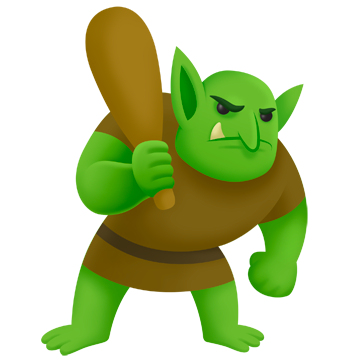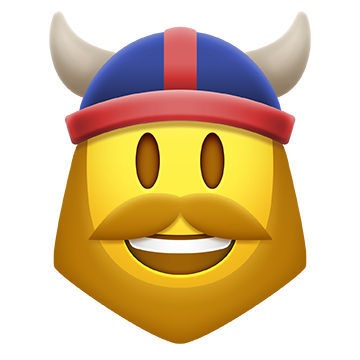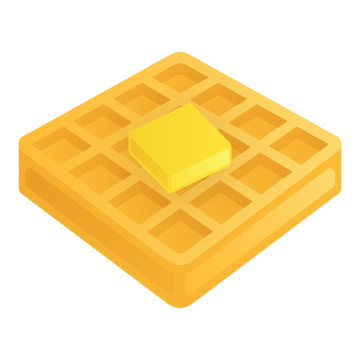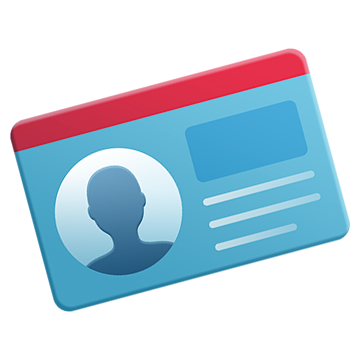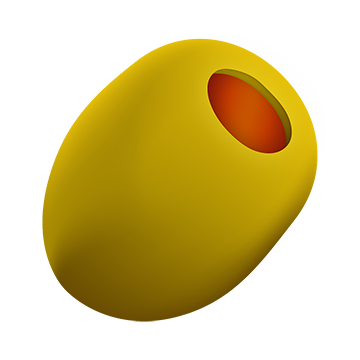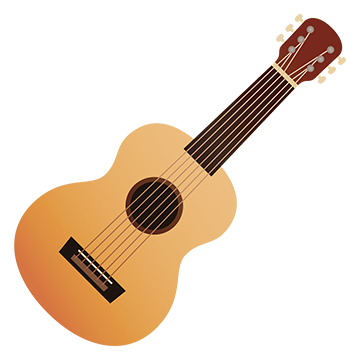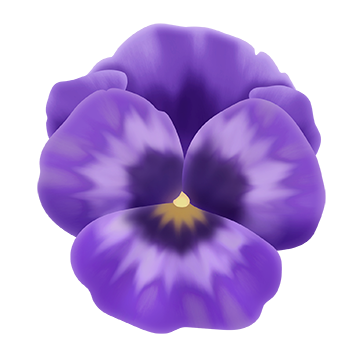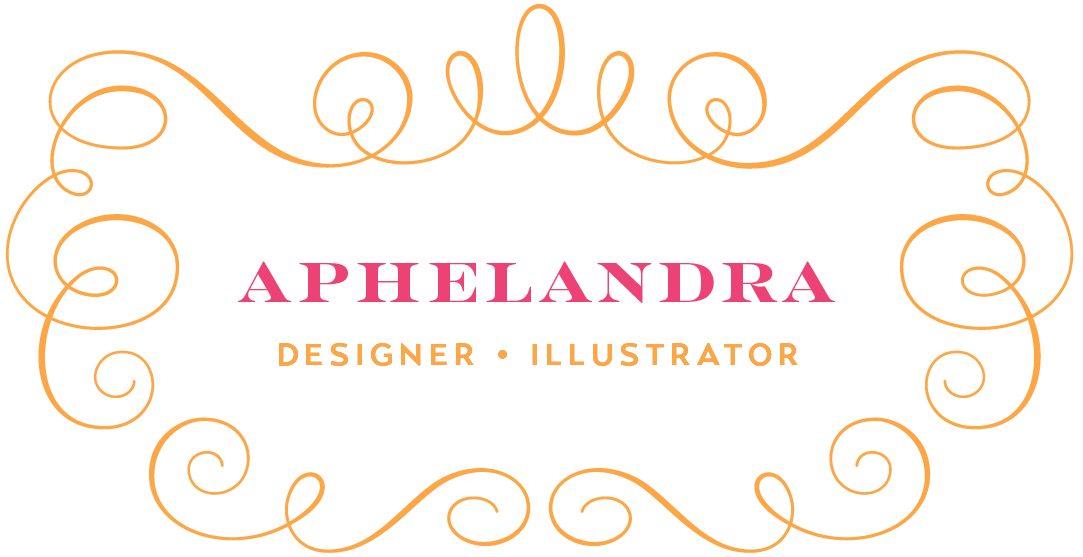I make emoji. I’ve had the pleasure of working with brands such as Netflix and The New York Times to develop custom emojis for film and advertising, and I’m known for my extensive work with Emojination, a grassroots organization that advocates for the addition of inclusive emojis to the Unicode Standard. Ever wonder how these cute little images come to life? Read on!
When someone comes up with an idea for an emoji they want on the keyboard, they need to submit a proposal to the Unicode Consortium, and Unicode wants to see a sample visual. That’s where I come in. Since 2016 I’ve worked with Emojination to create emoji designs for these proposals. If a proposal is approved, it—along with my image—is sent to the various vendors (Apple, Google, Twitter, etc.) for their designers to use as guidance. These designers then create their own emoji to fit in with their style and platform. Sometimes I notice official emoji designs echoing my own, which is pretty neat. In my early days as an emoji maker, I made the following visual comparing my proposal designs with official designs from Google and Apple. If I were to update this today it would be much longer!
I’ve designed somewhere around 200 emojis for proposals to Unicode. Of those, around half have been approved and are already encoded in the emoji “alphabet,” with more always forthcoming. Some designs have received a fair bit of press, including the hijab, woman’s flat shoe, one-piece swimsuit, and interracial/inter-skintone couple emoji, and some have even been acquired by museum collections, such as the Victoria and Albert Museum and the Cooper Hewitt Smithsonian Design Museum. You can read more about the emoji creation process in my interview with Adobe Create.
Inclusive Emojis
Emoji should be the language everyone speaks. After all, they’re on everyone’s phones! I believe that emoji should be inclusive, capturing the lives of people the world over—people of different cultures, skin tones, abilities, gender expressions, sexual orientations, and experiences.
As an emoji designer, I consider my most significant work to be my contributions to inclusive emoji. Food, clothing, relationships, animals, musical instruments, and architecture...all these and more are great ways to bring more inclusivity to the emoji keyboard. Here’s a selection of my designs in this space. Notable emojis include the interracial/inter-skintone couples, the hijabi, and the gender neutral person.
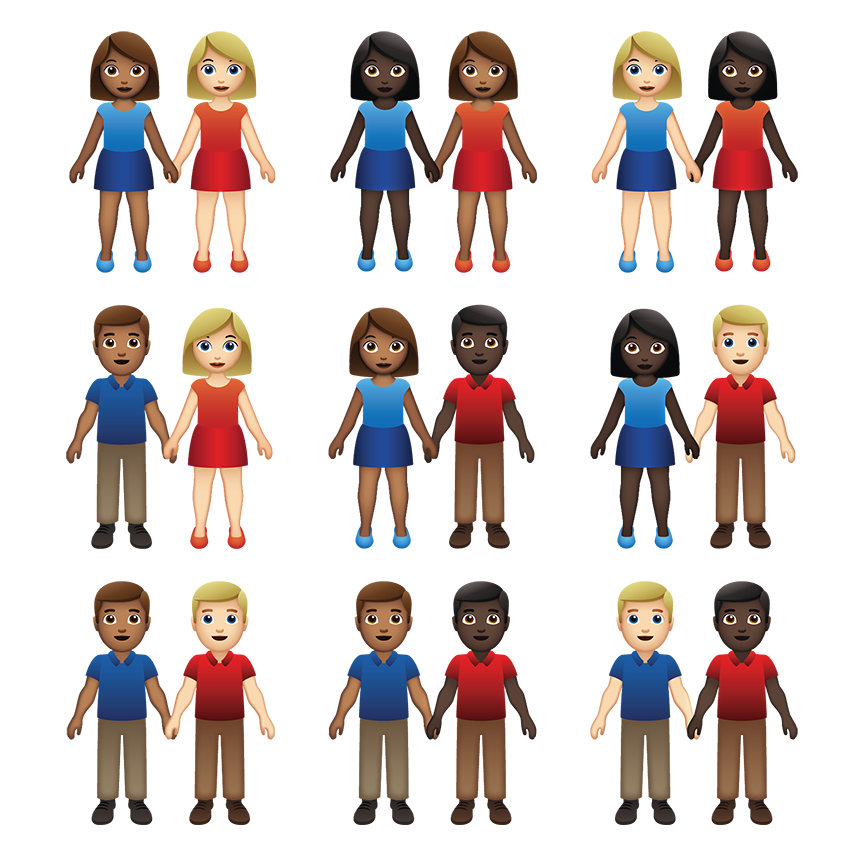
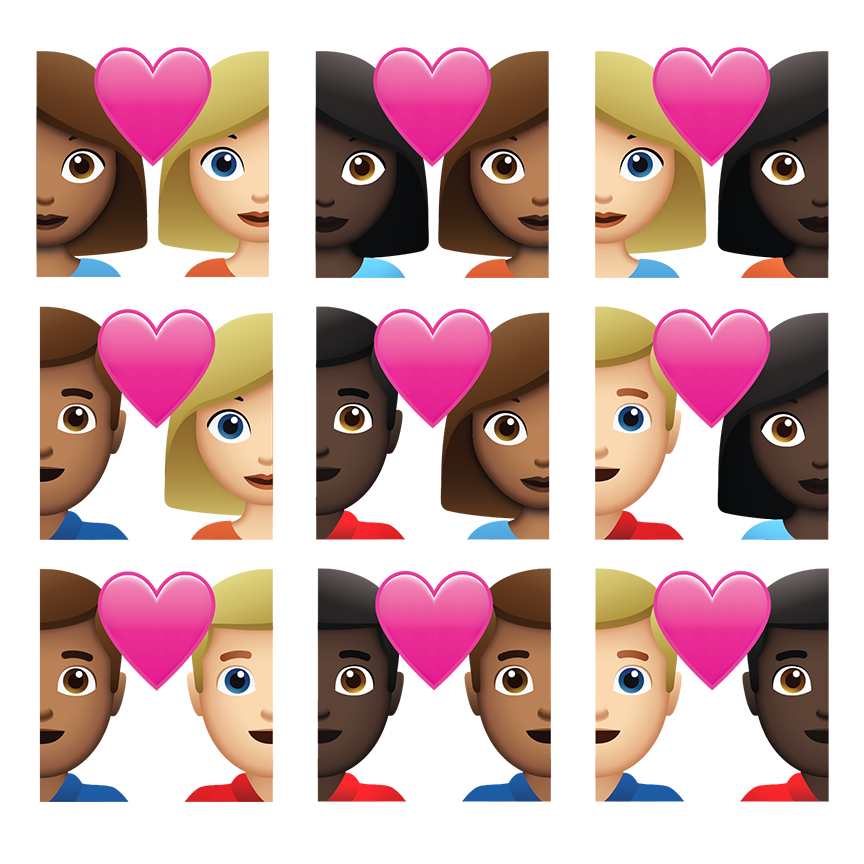
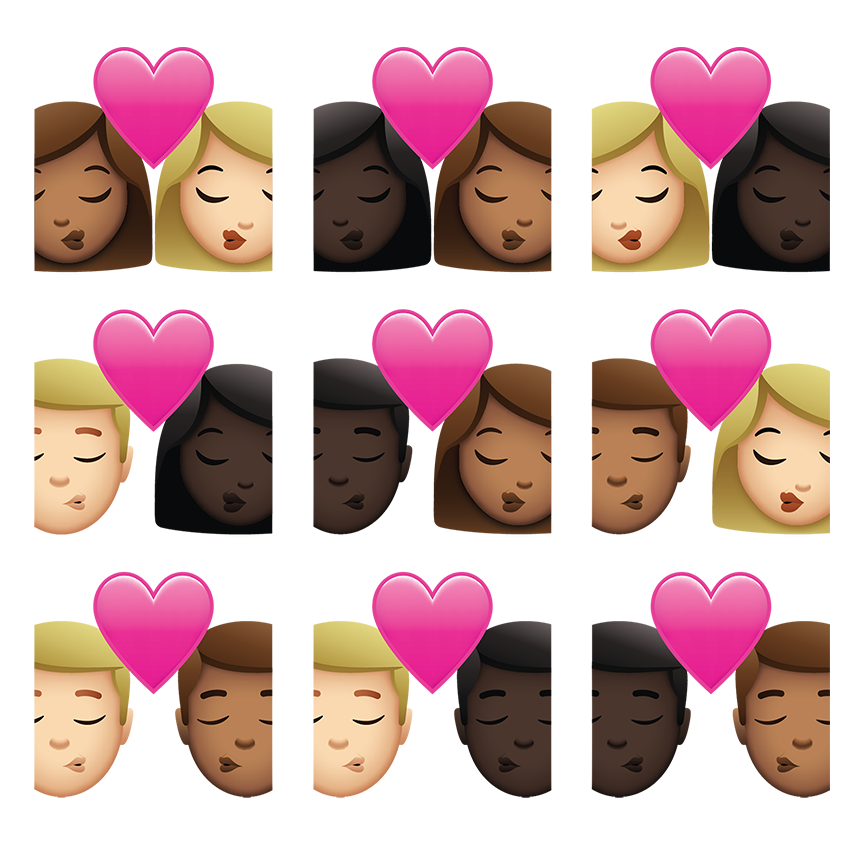
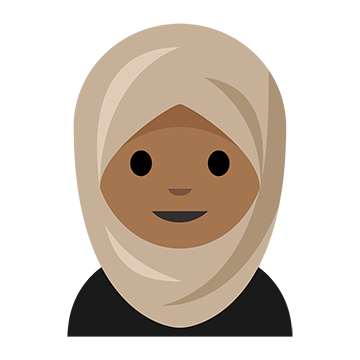
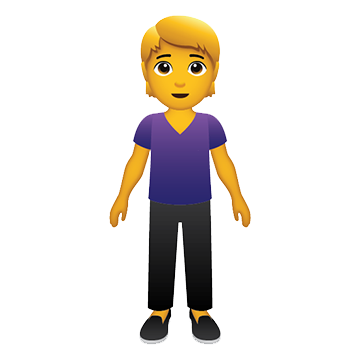
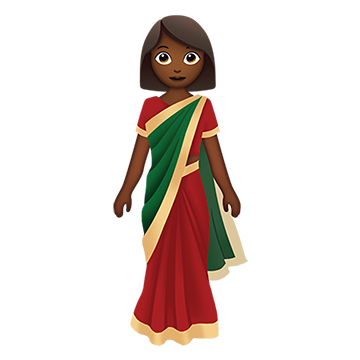
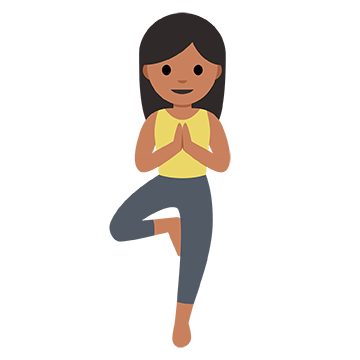

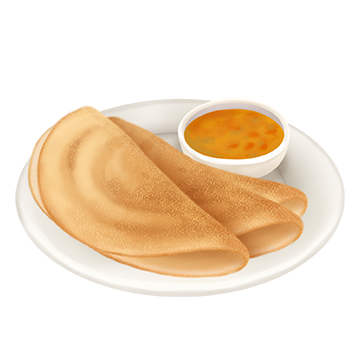
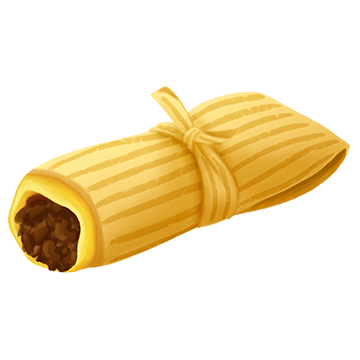
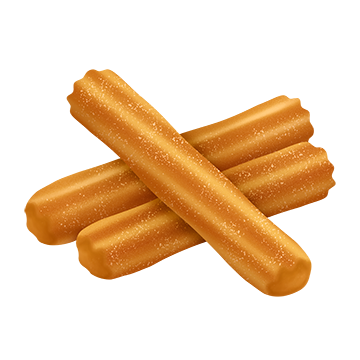
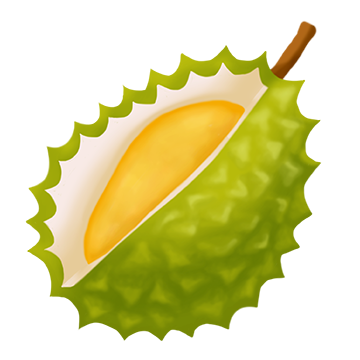
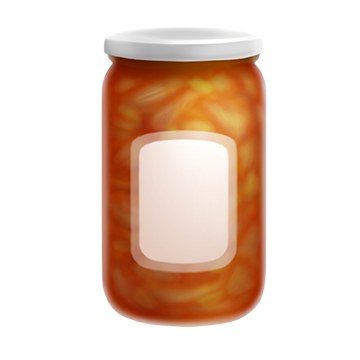
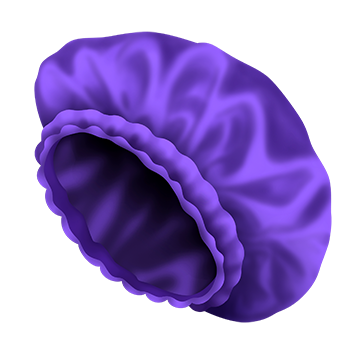

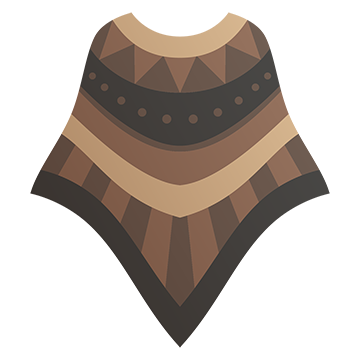
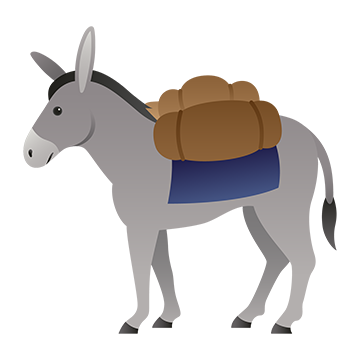
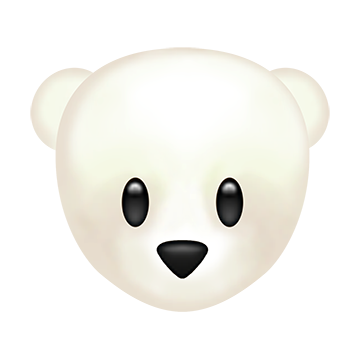


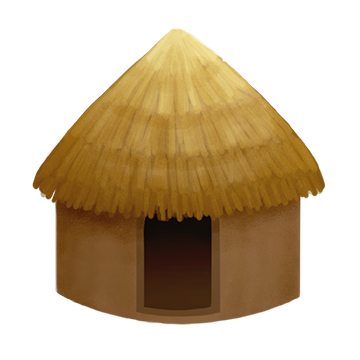
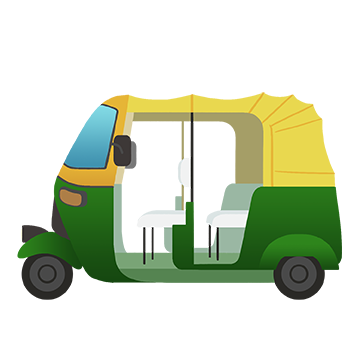
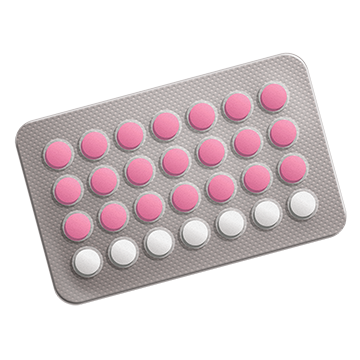
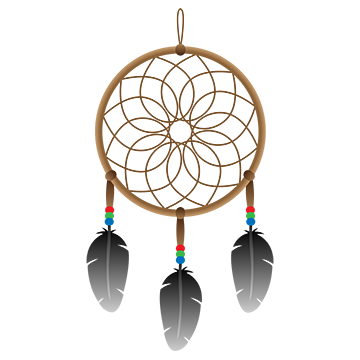
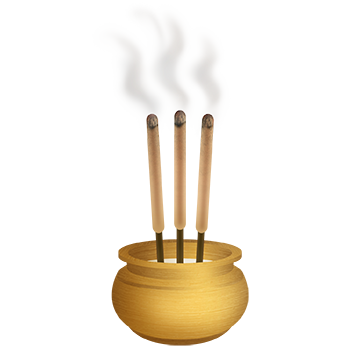
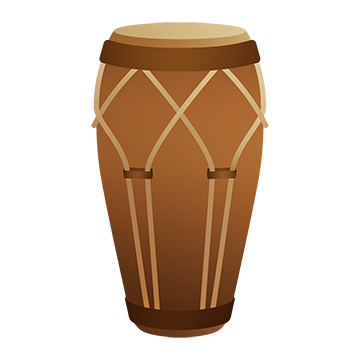
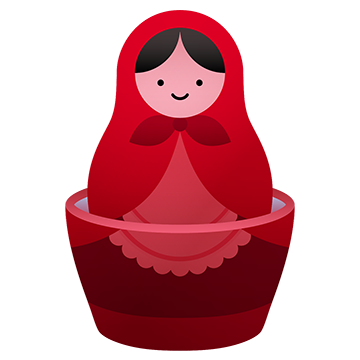
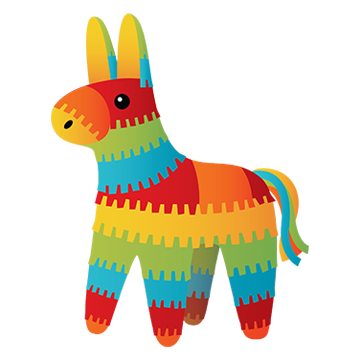
I was also involved in proposals related to updating the UX/UI design of the keyboard so as to accommodate multiple variations of one emoji. For example, holding down on the emoji of a bowl of dip would trigger a flyout menu to appear, showing a bowl of sour cream, a bowl of salsa, a bowl of guacamole, and a bowl of hummus as additional choices—covering a variety of dips preferred by multiple cultures. Though this is not yet implemented for food emojis, a version of it has been implemented for users to select different skin tones.
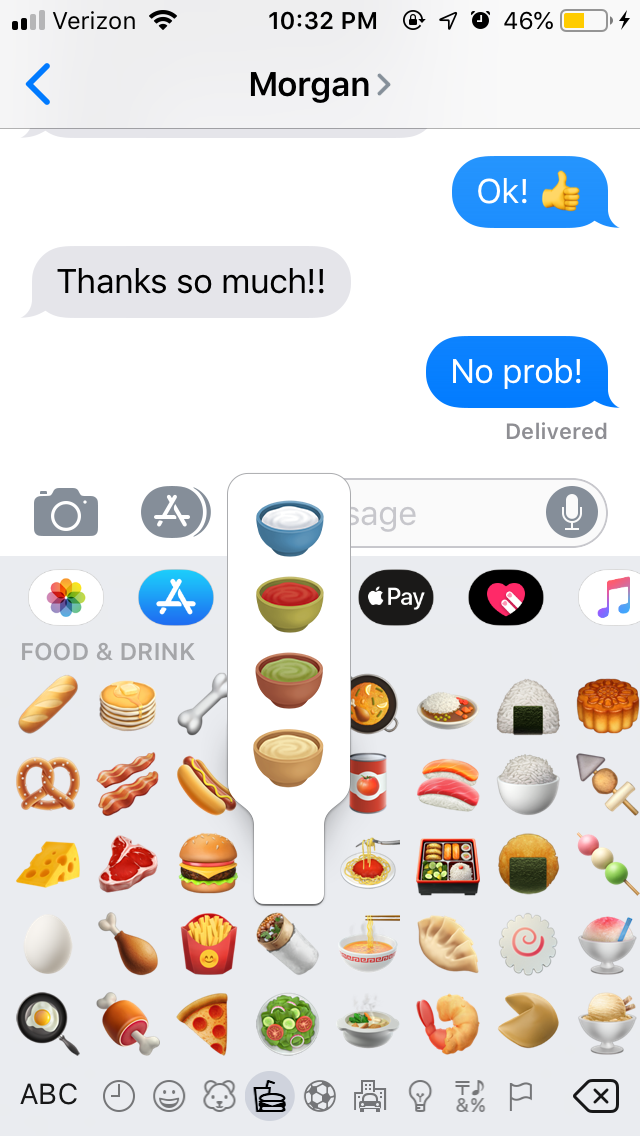

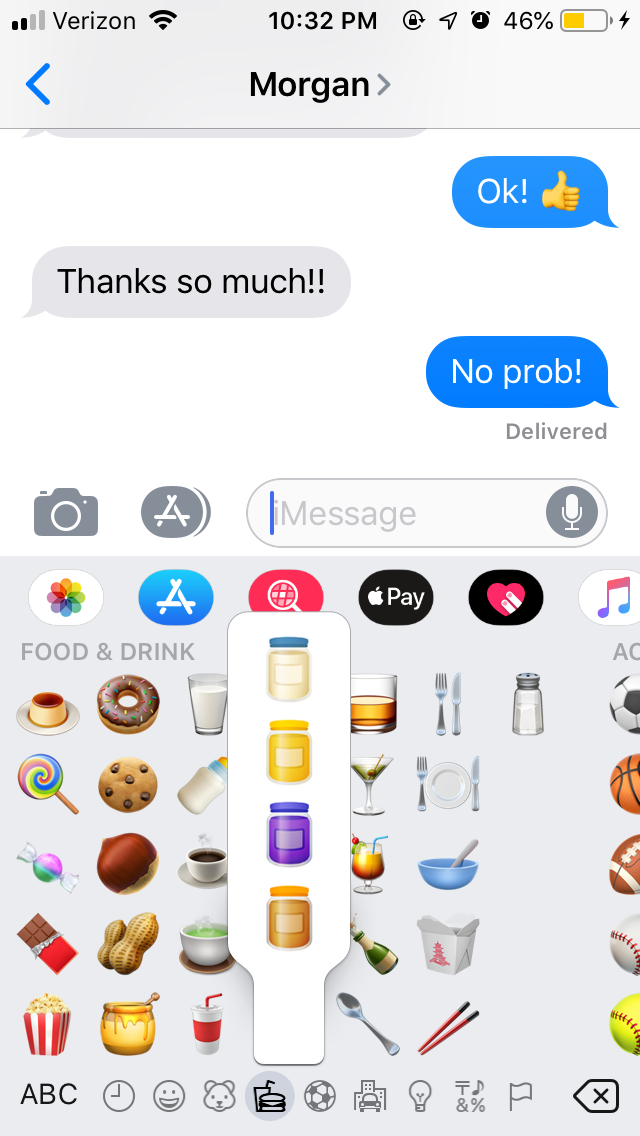
NYT Cooking: The Recipe Emoji Line
The Recipe Emoji Line features more than 150 of New York Times Cooking’s most popular recipes—just text any fruit or vegetable emoji to 361-COOK-NYT and you’ll receive a delicious free recipe using that ingredient. I designed all the emoji assets that now appear in the ad campaign.
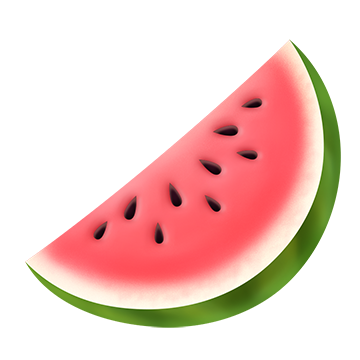
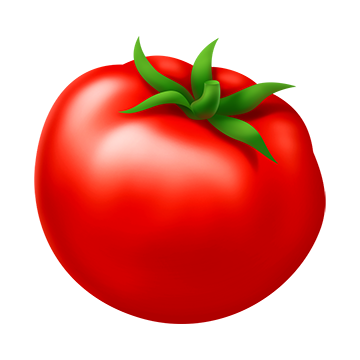
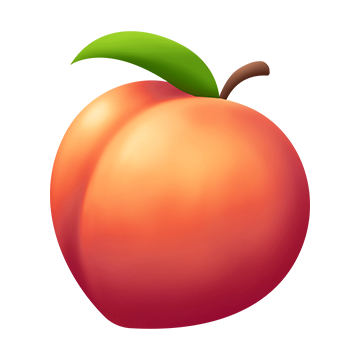
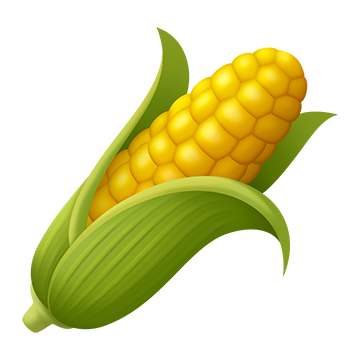
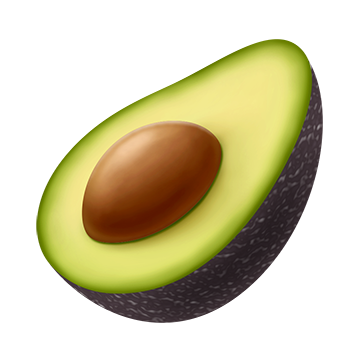
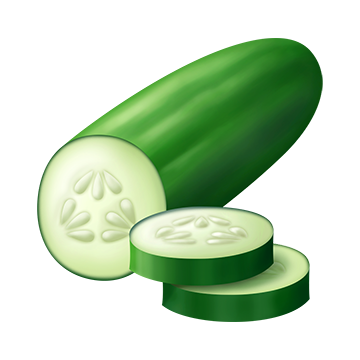
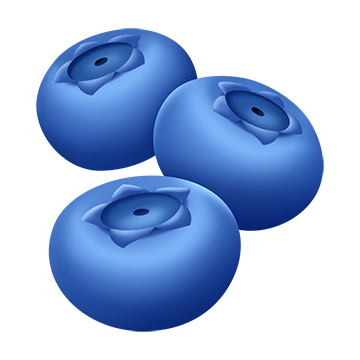
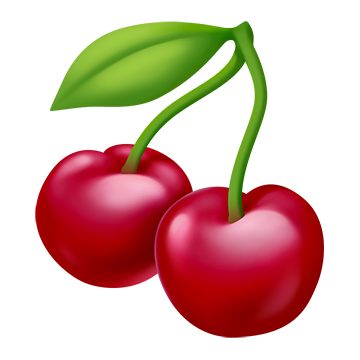
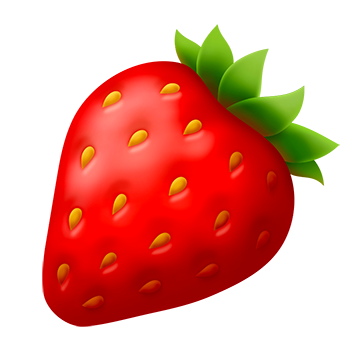
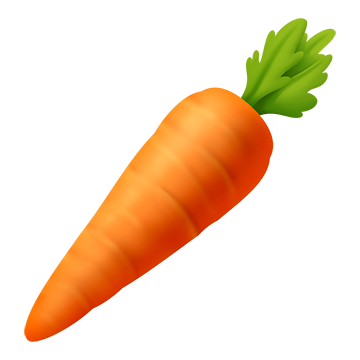
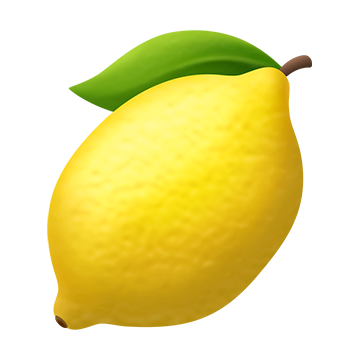
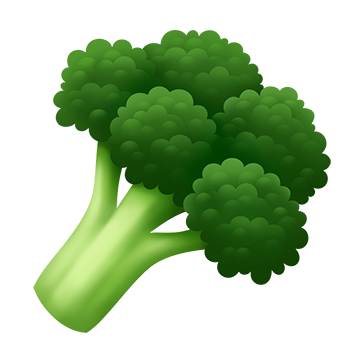
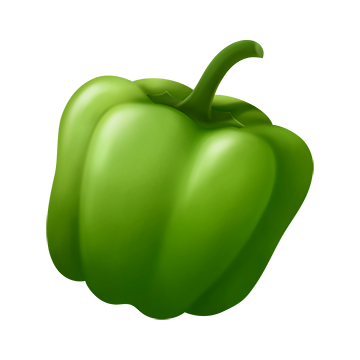
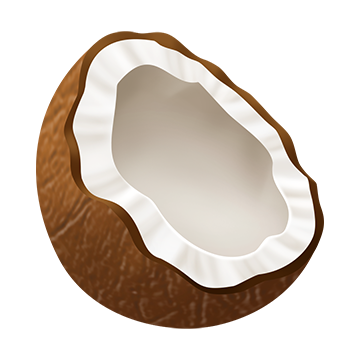
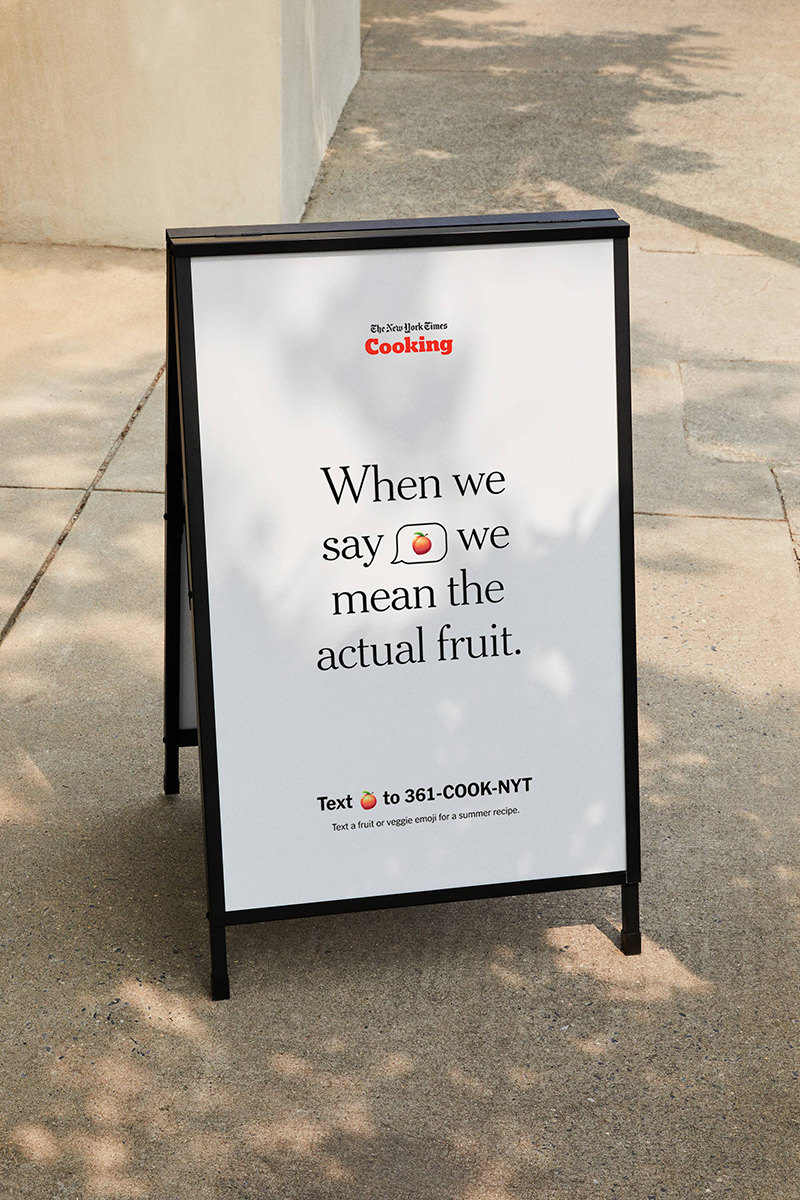
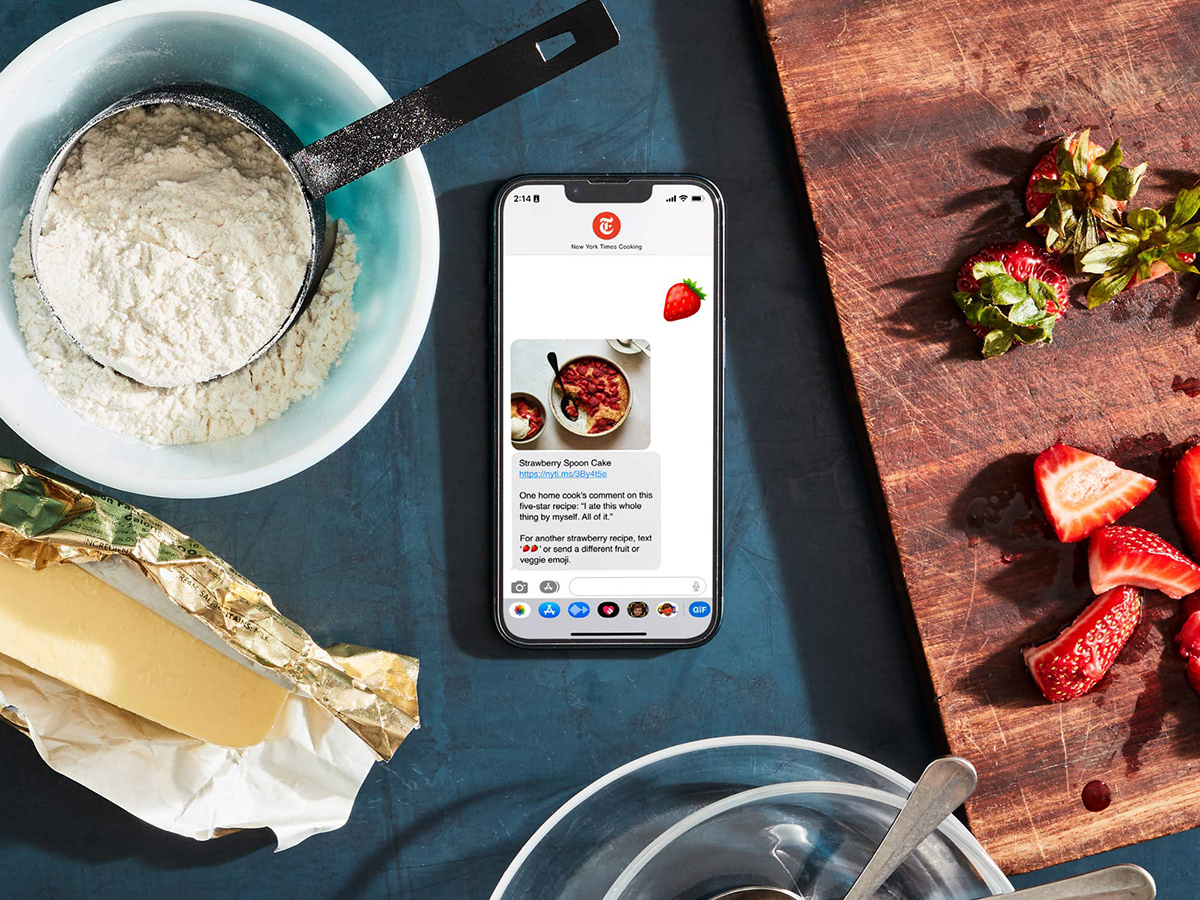
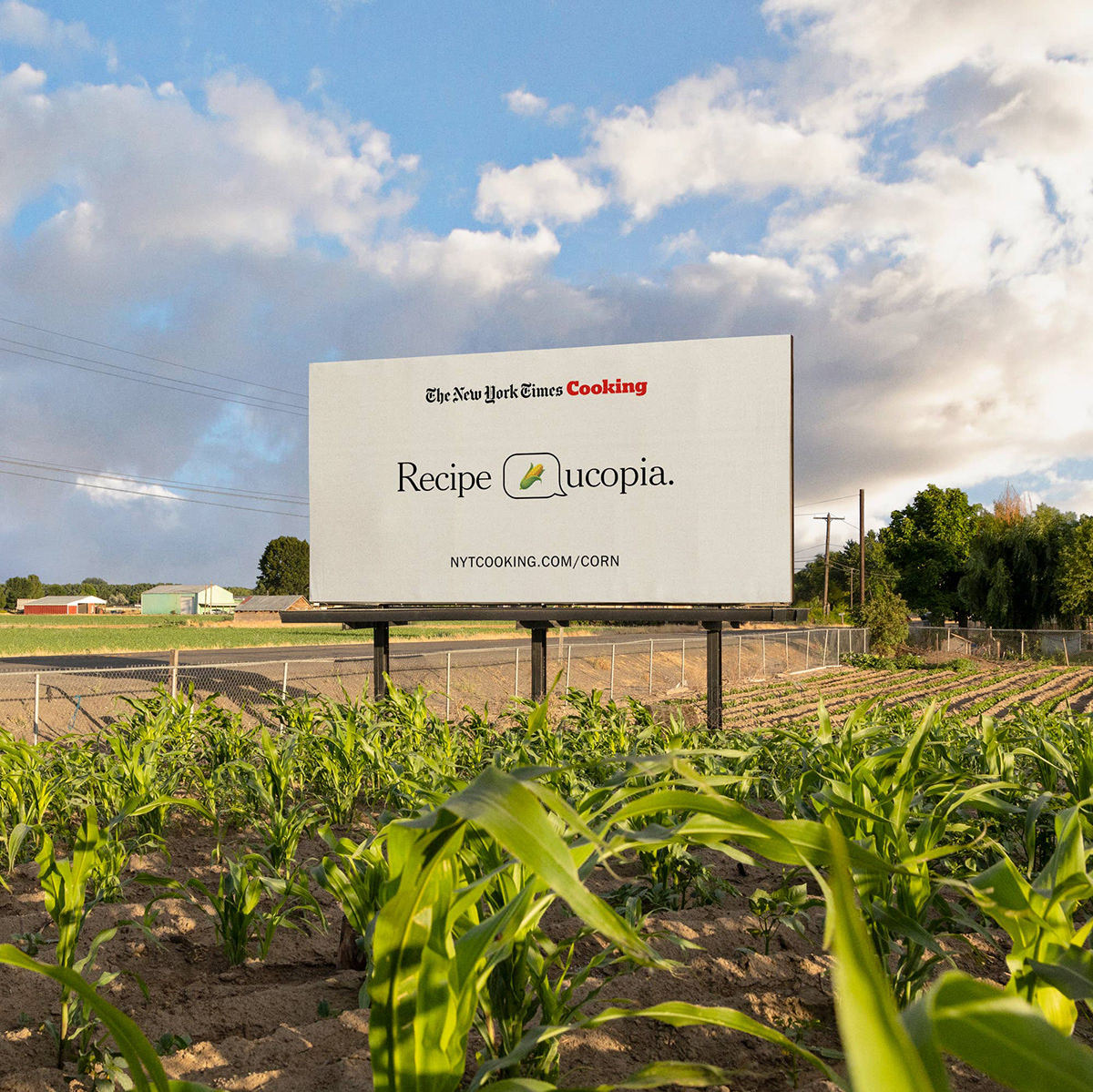

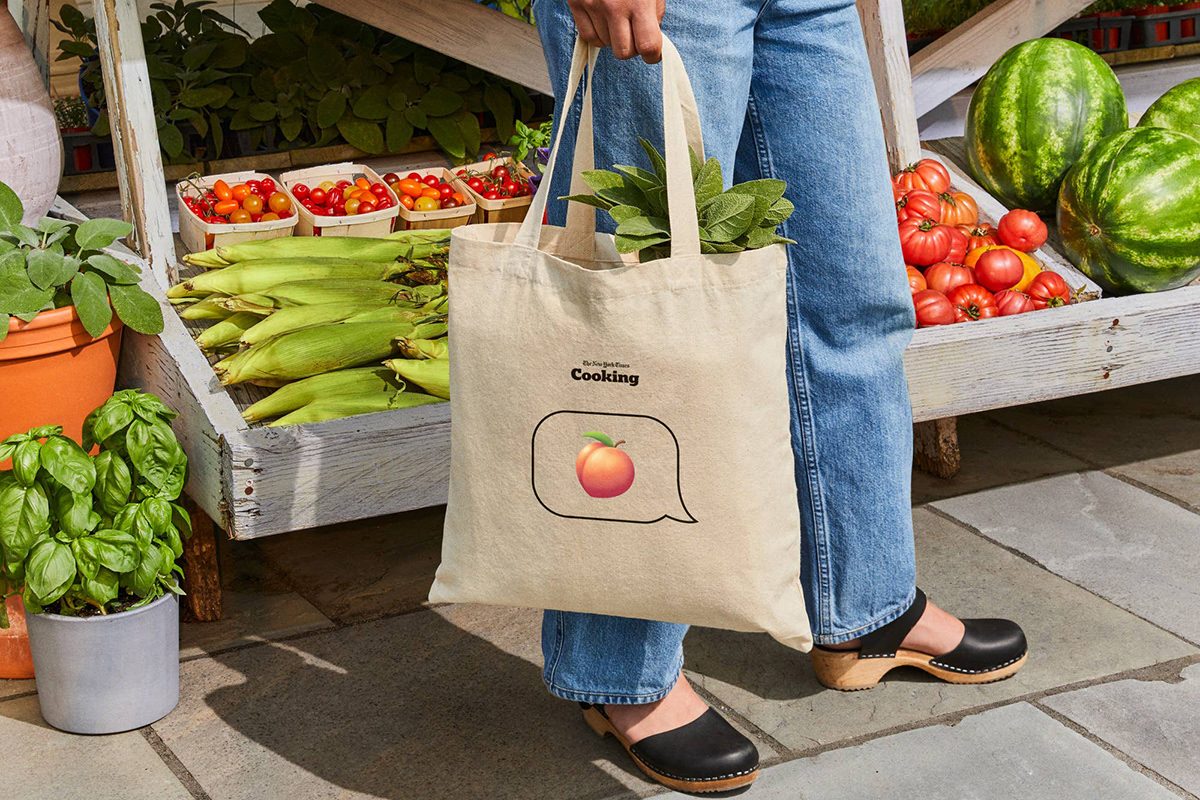
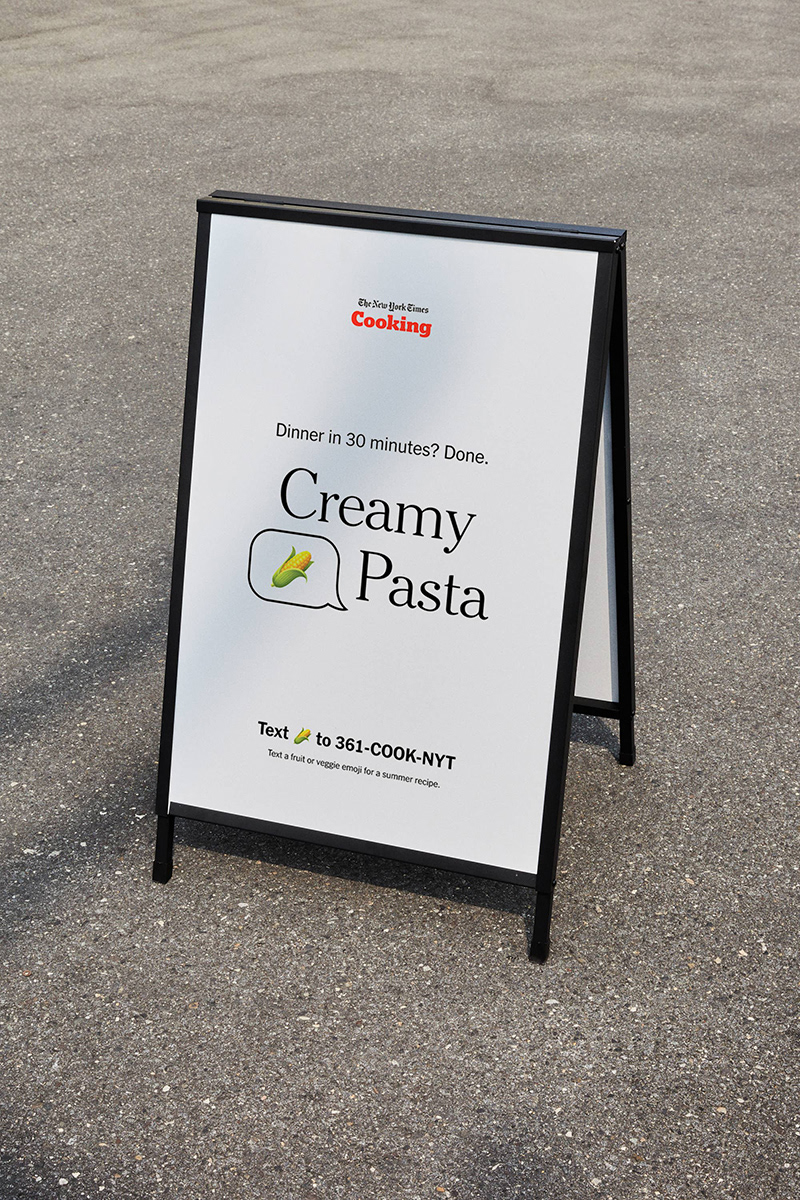
FAQ
Q: How do you design an emoji?
Some time ago I helped my friend and Emojination founder, Jennifer 8. Lee, write an emoji design guide that can be read here. Though my style has changed since then (more detailed shading/rendering), the main points still stand and should be useful to any would-be emoji designers. Some day I’ll write a more detailed and updated guide!
Q: How many emoji have you designed?
Hundreds, if you count all the variations (for example, tamales went through a long process that required many many revisions/variations, and don’t get me started on meatball). Of course, not all proposals are approved. By my count, I’ve helped around 100 emoji come to fruition.
Q: What is the toughest thing about making an emoji design?
Probably figuring out how to make the image as “universal” as possible. We want to make an emoji that can be used by many people in many cultures all over the world, and all those cultures have different ways they use or depict the various objects we want to represent. For example, tamales can be wrapped in yellow corn husks or green banana leaves depending on the region. It’s difficult to make a decision on which one to use in an emoji, because you want to create something that's applicable to all tamale-enjoyers! Inclusivity is one of my guiding principles in emoji creation, and it can be quite a challenge to get it right.
Q: What is your favorite emoji?
My favorite to use is 👀. My favorite that I have played a part in making is 🧁. And of course, I’ll always have a soft spot for the hijab, women’s flat shoe, and interracial couple emojis, because they garnered a fair bit of press, and seeing my designs in the New York Times was pretty exciting. The hijab emoji was even a Moment on Twitter once upon a time, and more recently, it was acquired by the Cooper Hewitt Smithsonian Design Museum, along with my interracial couple emoji designs.
Q: I have an idea for a new emoji. Where do I start?
If you’re looking for help writing the proposal, I recommend looking into Emojination and joining our Slack—we’re very welcoming!
Selected Press
Where Do Emojis Come From?, Adobe Create
The Fight for the One-Piece Swimsuit Emoji, New York Times
Episode 272: Person in Lotus Position, 99% Invisible
A mosquito emoji for public health awareness takes flight, Johns Hopkins University Hub
More Designs
